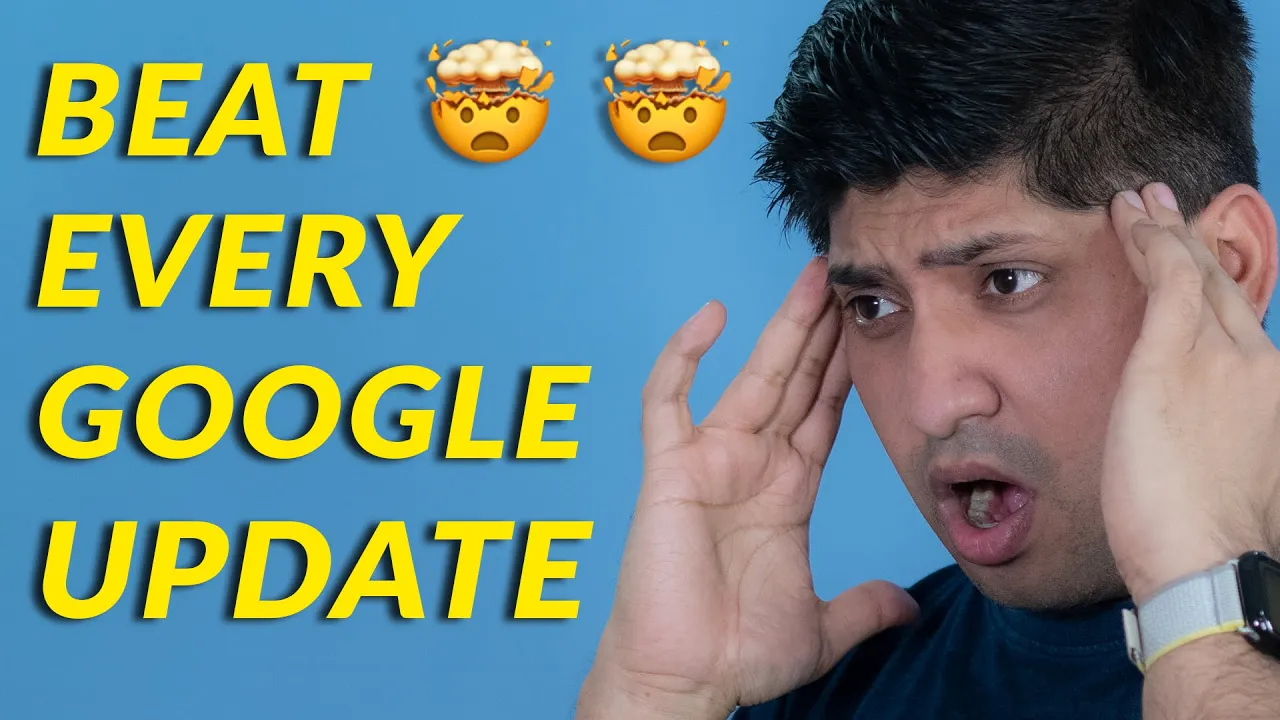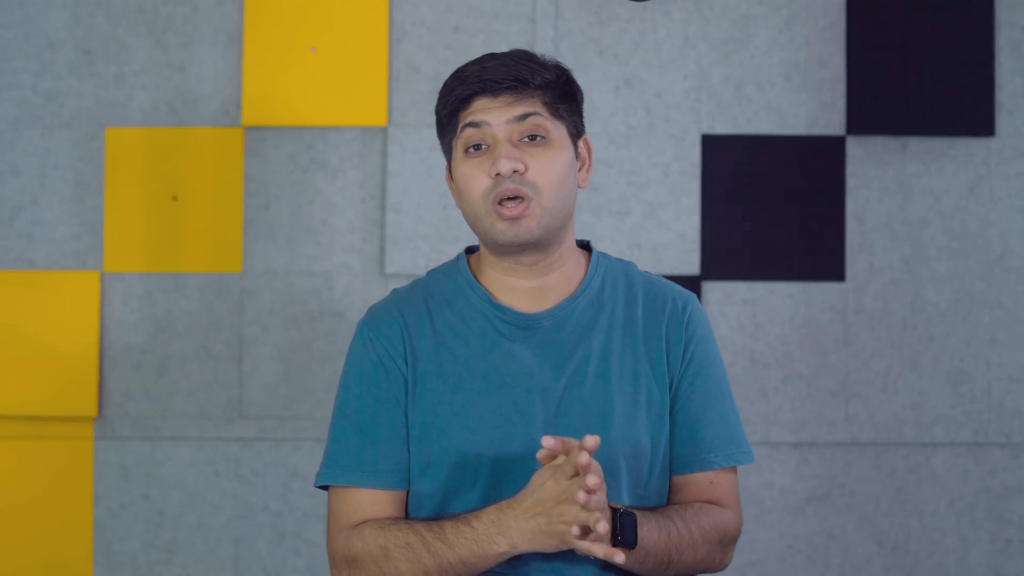We need to keep up with the changing world of search engine optimization (SEO) and the updates made by Google. Google’s Broad Core Updates can alter the way visitors interact with the site, weighty enough to leave webmasters perplexed and worried. It is important to keep yourself abreast with such changes and modify your techniques accordingly so that your website does not lose its position. In this article, we will discuss the most important steps for coping with Google Broad Core updates.
Basic essentials concerning Google Broad Core Updates 🧠
Of course, Google is number one in the search engine world and it has a market share that is incomparable to other players in the industry. Major system changes commonly referred to as Broad Core Updates take place at Google every last 6 months. Rather than focusing on certain websites, they focus on improving or optimizing how Google indexes its content. Interaction with these updates as being part of Google is necessary as long as webmasters appreciate that all these updates work towards enhancing search results.
Many webmasters shudder when such updates are made because they fear their site may be penalized. But Google advises you that if your site’s content conformed to these guidelines before the update, it should not affect any of the sites after the update. It’s very important when such alterations come to the scene not to panic. Instead, concentrate on gaining quality and user intention.
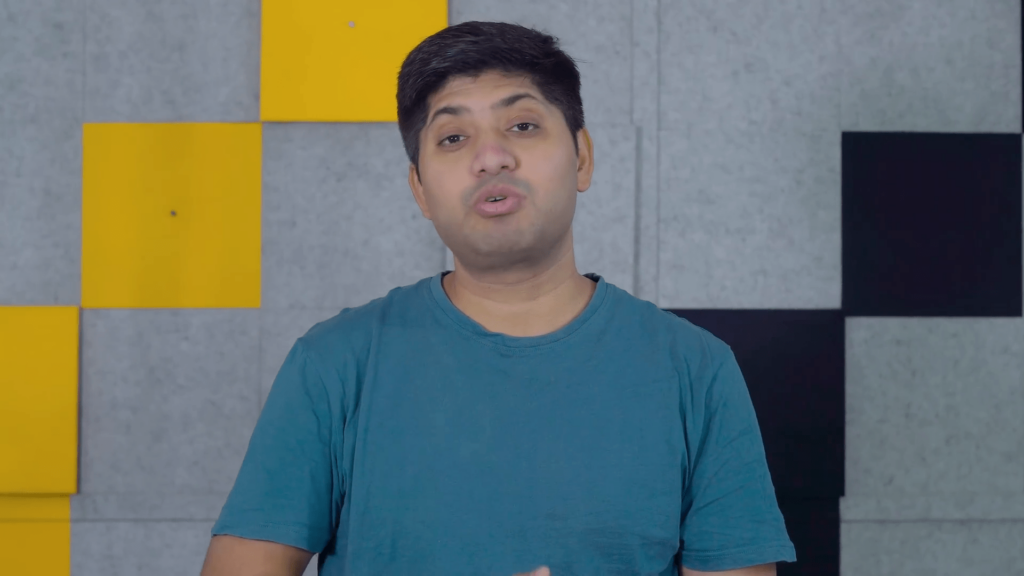
Common Issues That Affect Rankings 📉
Demands of a general approach notwithstanding, one or more factors may precipitate a drop in ranks following a Broad Core Update. Here are some of the key factors to consider:
Websites with poor spelling and grammar suffer in professional rankings. These lumps of poor text may confuse the search engines and users as well.
Poor Website Structure: There are many benefits of having a well-organized site. For one, it will improve user experience and also assist search engines in knowing your content easily.
Title and Meta Description Issues: Due to CPM programs, any heading and meta description are useful in increasing CTRs. Neglect on this may result in loss of traffic.
Canonical Tags: If used correctly, firearm singular phrases can avoid any negative impact on the Duplicate Content Quagmire that may baffle search engines.
Schema Markup: Supplementing the content with schema markup helps the search engines index the content hence increasing the chances of visibility.
1. Fix Spelling and Grammar Issues 📝
Spelling and grammar mistakes can seriously tarnish the reputation of one’s website. Such instances may cause search engine distortion and misconstruing. To solve this, you should have performed a content audit on your website.
Screen Fogg for instance will assist in helping you eliminate spelling and grammar errors on the website. Type the website URL and turn on the spelling and grammar check here. This will aid you in tracking errors through and over your pages.
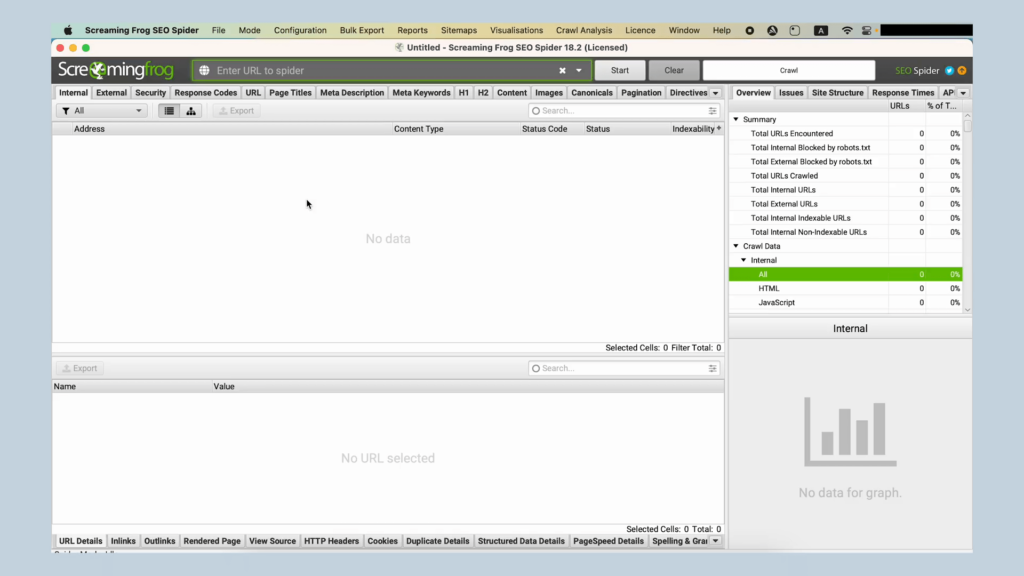
Steps to Find and Fix Errors:
Make sure to make a copy of the Website URL of your page in screening Frog.
Enable spelling and grammar checks in the configuration settings.
Analyze the mistakes found and eliminate them in your content management system.
2. Continue to overhaul your website’s structure.
An organized design of a website is not only important from the users’ perspective but also from the viewpoint of SEO. Updating website content involves changing several factors, one of which is internal linking which is very crucial as far as the search engines indexing your content is concerned. Most of the websites do not appreciate internal links, and thus have a lot of structural disorders.
Again, to analyze the structure of the website, use txt-archive.com or Screening Frog. This tool can help visualize the internal linking structure of the website and let you know what improvements you need to make.
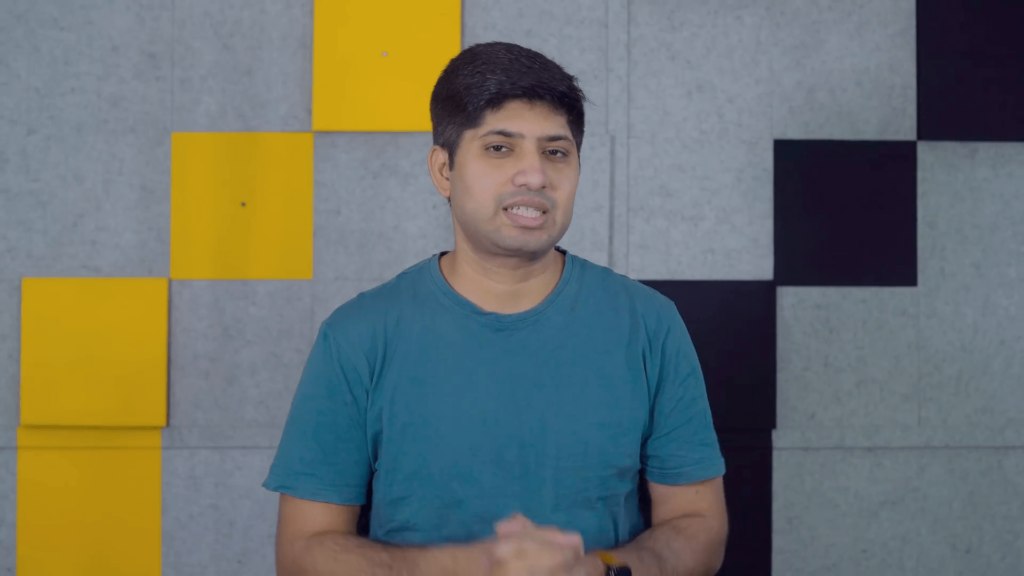
Key Points for an Effective Structure:
Make sure that every page is rationally linked to other pages.
Make use of appropriate descriptors when hyperlinking within the body of content.
Make sure to assess the website structure because it has more and more pages added over time.
3. Titles and Meta Descriptions have to be Made Attractive and Concise 🔍
The primary means of communication, especially queries and snippets in search results, are not considered content on their own, but they play a significant role in conveying information. Thus, they should be eye-catching and correctly represent the pages you are highlighting. Here are key considerations:
A title with approximately 70 characters is what I recommend to avoid truncation in search results.
Make Good Use of Keywords: Do not do keyword stuffing in cheats – integrate keywords in such a helpful manner.
Do Not Omit Your Brand Name: This encourages brand awareness along with confidence.
Don’t Use Generic Guidelines: Generic titles such as ‘Home’ or ‘About Us’ should be avoided.
4. Implement Canonical Tags 📑
Canonical tags play an important role, especially in the case of duplicate content problems. They assist search engines in determining which page is ‘canonical’ if there are several versions of a page’s content. Some suggestions are given on how to use canonical tags effectively.)
Every page must contain a canonical link that refers to its URL.
Do not use canonical link elements as a means for external pagination if it has no bearing on the content on that pagination page.
Make sure that the page uses the canonical tag on the head part of the webpage.
5. Embedded schema optimally improves search engine operations 📊
Search engines can better understand your relevant content with the help of schema markup. Adding structured data can improve the chances of your pages appearing in rich snippets which can lead to higher click-throughs. For example:
List the specific categories/schema types that are relevant to your content rather than spamming every schema available.
And where possible, use the JSON-LD structured data format to mark up your content.
Employ the use of the Google Structured Data Testing Tool in checking the correct implementation of your schema regularly.
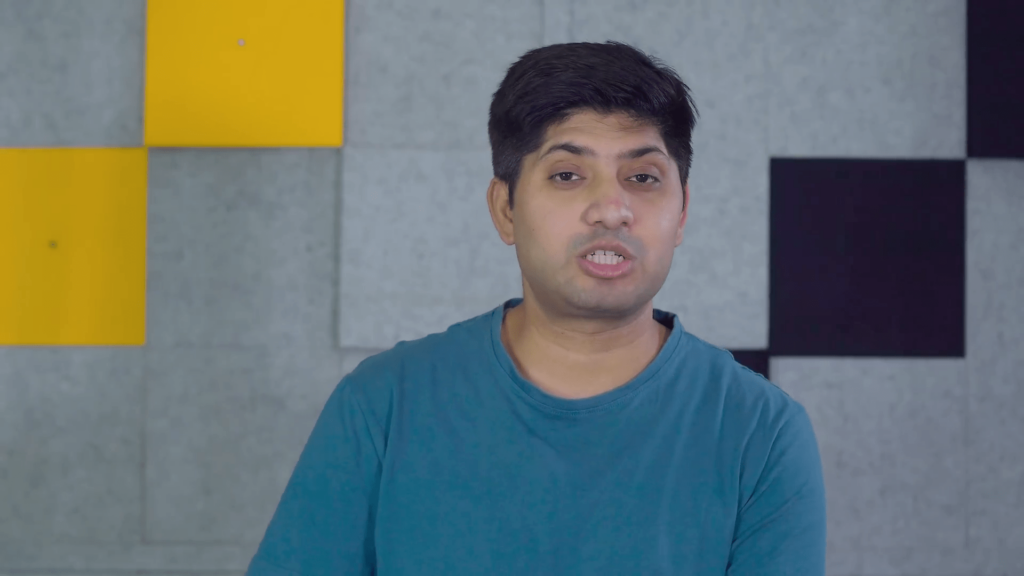
6. Monitor and Adapt After Updates 🔄
It is not uncommon for a website to check its PR only to find that it has gone down despite employing the above measures. In this instance, do not strive for it. Concerning this, keep the following in mind:
Wait for a full completion of the rollout of the update. Doing any work at this stage may turn out to be a hindrance.
Determine what pages have been hit and what their content is up to.
Start to change some content, internal linking, page structure, or some of the SEO attributes that may be necessary.
Bear in mind that more often than not a site does not recover quickly after a dip and that is for a good reason. Sometimes an eventual recovery does occur especially after attending to the reasons behind the initial drop.
Conclusion: Do Not Wait on Events
The thought of Google Broad Core Updates can be overwhelming, but the right insight about the updates and precautions regarding possible developments will take you a long way in keeping your website running. This is how you move the sites forward because the critical focus is on content, user experience, and SEO optimization.
To constantly improve, follow developments in SEO and the recommendations of Google. Do not be shy to do website checks, network and get the latest trends and changes, and make changes whenever you must. It is possible for the website to not only survive but also adapt and grow in the increasing tide of Google updates with the necessary efforts and the right strategy.

